Lift truck drivers left blind to gas leaks in Zone 2
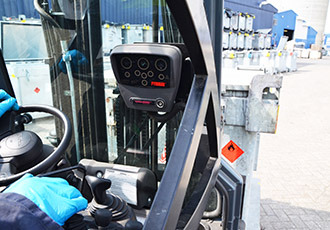
The safety solutions and explosion protection company, Pyroban, has issued a warning that lift truck drivers are could be being left ‘blind’ to the presence of an explosive atmosphere in Zone 2 areas as some operations are specifying passive rather than active explosion protection technology.
“Gas detection on a lift truck is essential in Zone 2 potentially explosive atmospheres to alert drivers to the presence of a gas or vapour,” said Rob Vesty, UK Sales Manager for Pyroban. “However, some manufacturing and logistics operations are buying ‘passive’ lift trucks and deploying them in potentially explosive atmospheres without any gas detection.”
The company warns that although both approaches are covered by the ATEX 2014/34/EU Directives, the hierarchy of choice should be active, with passive trucks only really being utilised as a contingency in the rare occasion when gas detection might not be practicable.
“Zone 2 areas are very different to Zone 1 areas and require different measures for safety,” said Vesty, explaining that Zone 1 areas are usually very restricted with a thick smell of solvent or gas. The lift trucks typically move slowly, with the expectation that there will be an explosive atmosphere at some point. In this application a gas detection system would just present a nuisance when it detected the hazard and shut the truck down, which is why solutions for Zone 1 areas are passive.
Conversely, Zone 2 areas are commonly found in fast-paced warehouse and storage operations where flammable liquids or gases are sealed in drums, tins or IBCs. Unlike Zone 1, where an explosion risk is expected, potentially explosive atmospheres are unexpected in a Zone 2 operations.
“Awareness systems are critical for reducing risk in these areas, particularly for the detection of gas or vapour which may be present as a result of an accident or a breakdown in process. Appropriate actions can then be put in to place such as spillage procedures and incident management” explained Vesty. “Drivers should not rely on personal gas detection alarms as these cannot respond fast enough and this could cause an uncontrolled situation to develop.
“We frequently see other awareness systems, such as ‘blue spots’ and cameras, being adopted in Zone 2 areas to support driver and pedestrian safety. However, some operations are failing to address the much more dangerous risk of gas or vapour explosions, which could affect the safety of the whole site, its neighbours, the supply chain and brand.”
In nearly all cases, Pyroban recommends the use of active gas detection in Zone 2. Pyroban’s active solution is known as system6000 and incorporates gas detection to continuously monitor the direct environment around the protected equipment. When a mixture of flammable gas or vapour in air is detected, system6000 gives an audible and visual warning to the driver at ten percent Lower Explosive Limit (LEL) propane in air. At 25% LEL it shuts down the protected equipment, automatically eliminating the risk of an explosion. There is only a very small number of Zone 2 sites where this type of active detection system is unsuitable.
The gas detection is combined with various other explosion protection methods, such as restricted breathing enclosures, stainless steel cladding of forks and surface temperature cooling to ensure the engine, motors, brakes, electrics and other components remain below the auto-ignition temperatures of flammable materials.
But there are different gas detection options to select as part of the explosion protection solution for Zone 2 applications. Typical systems will either use pellistor technology in the sensing head or Infrared, and it is important to make sure the correct technology is selected.
Pellistor based systems detect a wide range of flammable products and is the more versatile choice. This technology is suitable for companies handling different chemicals or those in the paints/coatings industry or waste management for example. However, pellistor based systems may not be suitable if large amounts of silicones are present in the environment.
Operations with single or few hazard types, such as distilleries, cosmetics producers or warehouses handling aerosols, tend to find infrared technology is most suitable. LPG cylinder filling operations or LPG distribution centres are also better suited to infrared detection systems.
Since November 2017, ATEX compliant lift trucks (and other mobile equipment) have even greater safety requirements, following an update to the EN1755 standard. EN1755:2015 affects the technical makeup of all ATEX 2014/34/EU truck conversions and requires any device or controller carrying out a safety function to fulfil the stated obligations. This means any gas detection system must comply, so it is important to check that your supplier has this covered.
Similar articles
More from Pyroban
- How to safely buy a used ATEX forklift 9th July 2020
- Lift truck drivers left blind to gas leaks in Zone 2 29th January 2019
- Safe areas when handling flammable material 13th September 2018
- Protected lift trucks for handling flammable material 29th August 2018

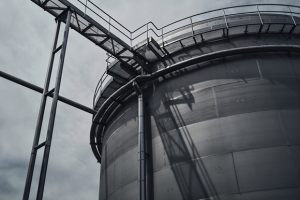
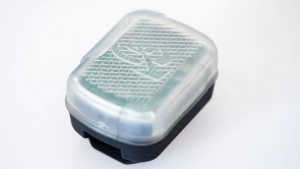
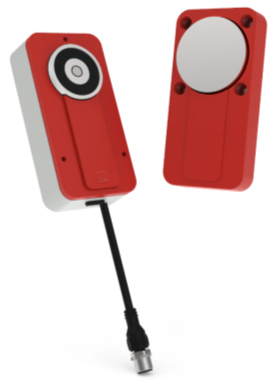
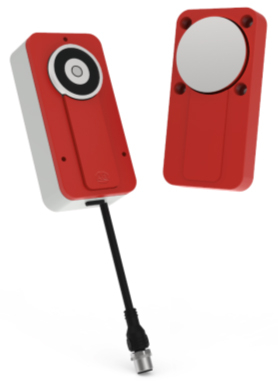







Write a comment
No comments